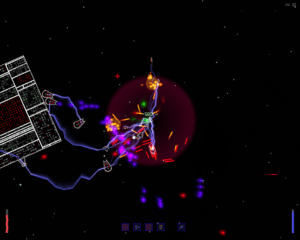
A little while back, I discovered a little indie space game on Desura called Space: The Return of the Pixxelfrazzer. Jim and I both immediately fell for the game’s many charms — seriously folks, it’s a really fun, charming indie game — and so I of course had to learn more about it. I reached out to the game’s developer, Sebastian “Moto” Lieb, to find out more about this curious game, and the result is in the Q&A below. Enjoy!
Brian Rubin: First off, please tell us about yourself and your background with space games.
Sebastian Lieb: Well, I always liked “Asteroids” and played a lot of space-minigames, which I found on old CD’s, when I was a kid. Unfortunately I can’t remember a single one of them…
But I always liked the idea of the infinite space you have in a universe and the infinite freedom that comes with it.
BR: Where did the idea for Space come from, and how did you begin work on it?
SB: Actually there is a prequel to the game, which just had the title “Space”. It was one of my first games ever made. When I was in the age of 16 or something like that. It had a very similar concept and core game mechanics, but everything was just sooooo much simpler. After that game I had always played with the idea of making the universe infinite, better and of course a lot cooler! I started working on it about 2011, I guess. It’s not that I really needed 3 years to make a game like that, it’s just that I had a lot of things to do in this time so I really had big pauses between times I worked on the project. And how did I start working on it? Well, I guess like most indie game developer I just hacked everything into the machine that came into my mind, it really was an iterative, almost prototyping kind of process.
BR: What kind of engine in Space running on? It’s very simple looking yet there’s a lot that seems to be going on underneath the hood.
SB: Thanks for mentioning that. Actually a lot of work lies in this project that probably wouldn’t be necessary. I coded nearly everything by myself. I mean I could have just used something like gamemaker or unity or some other popular game engine, but I did everything by myself. And by that I mean programming the GUI, sound system, resource management and all that stuff! I even implemented a completely self-made freaking physics engine for that! A lot of time just went into optimizing and debugging all that stuff. So…Space runs on it’s completely own game engine.
BR: How did you come to choose the vector graphics style for the game? Did having a relatively simplistic graphical style make the game easier or more difficult to create?
SB: Primary I choose that graphic style, because it felt like a 2D space shooter has to look that way. I guess I’m also a fan of simple retro graphic.
But actually it really made the art style more easy to create, even if a lot of time went into coding the vector particle effects.
BR: Where did the idea for the dual control scheme come from, and how difficult was it to implement?
SB: I don’t really know, I just really wanted to have some kind of multiplayer in the game and this way seemed to be the best. Also the game was nearly finished when I had the idea. I actually worked on LAN-coop in the first place, but it turned out to be not as cool as expected. It’s really hard to stay together in a infinite universe where everything just slowly drifts away from each other. So the dual control mode was much more fun.
BR: How are the universes generated? There seems to be simply a ton of stuff in each universe I’ve played, all of which is dynamic, differently placed and yet it still all makes sense.
SB: The universe is divided in so called “chunks” (big squares at approximately the size of a planet) . Everytime you discover a new empty chunk the world generator rolls if the chunk is going to be a planet or a asteroid field or something else while having different chances for different types of chunks. When rolling the chunk, every neighbour chunk is taken it to account, so that bigger structures can evolve. For example: a asteroid field gives a +20% chance to a neighbour chunk to also be a asteroid field.
That’s pretty much it. The system is simple but creates a lot of possibilities.
BR: How is the dynamic music generated? Also, thank you for having dynamic music, it’s something I’ve loved since X-Wing.
SB: Thanks! I’m pretty much of the opinion that random music was a stupid idea, but people seem to like it, that’s cool!
I really tried to make the game as unique as possible, so I tried out as many stupid ideas as I could. The random music was one of them.
The music generator just throws in random harmonies and improvises a random melody to that, while playing chords in that harmony in the bass.
BR: Now I’ve only played a new character in a several universes, so I’ve not gotten too deep in the game yet. What is the end goal for the player in the game? Meeting the Pixxelfrazzer? Something else?
SB: Well, the title might already give the clue…
So, yeah (Spoiler Alert!), the goal is to meet and kill the Pixxelfrazzer, the most mysterious creature in the universe. But even after that you could play the game forever, because there is no limitation to the multiplier, skill levels and stats of the ship. And even if you kill the Pixxelfrazzer, there might still be some mysteries unsolved.
BR: What are your plans for the game in the future, if any? DLC? Expansions? Sequel? ;)
SB: That is a good question. I don’t really know if I will work on the project in the near future, but as this is one of the first “big” games I made, I will always feel the wish to make it better. So, yes there might be a sequel or a DLC, but not in the near future.
BR: Finally, what have you learned about game design and creation after creating Space that you would like to share with other aspiring game creators?
SB: I have learned a lot, I guess. I barely know where to start! I learned a lot about programming, game mechanics and the whole process of making a game. I learned about the publishing process and making publicity. And even if I didn’t do so well, it was worth the whole experience and I’ll definitively keep making games. I guess you grow with every project in every way, especially when you try to make everything by yourself. I tried out so much stuff in that game and I think that’s the important thing, because that’s the biggest weapon the indie game scene has to offer.
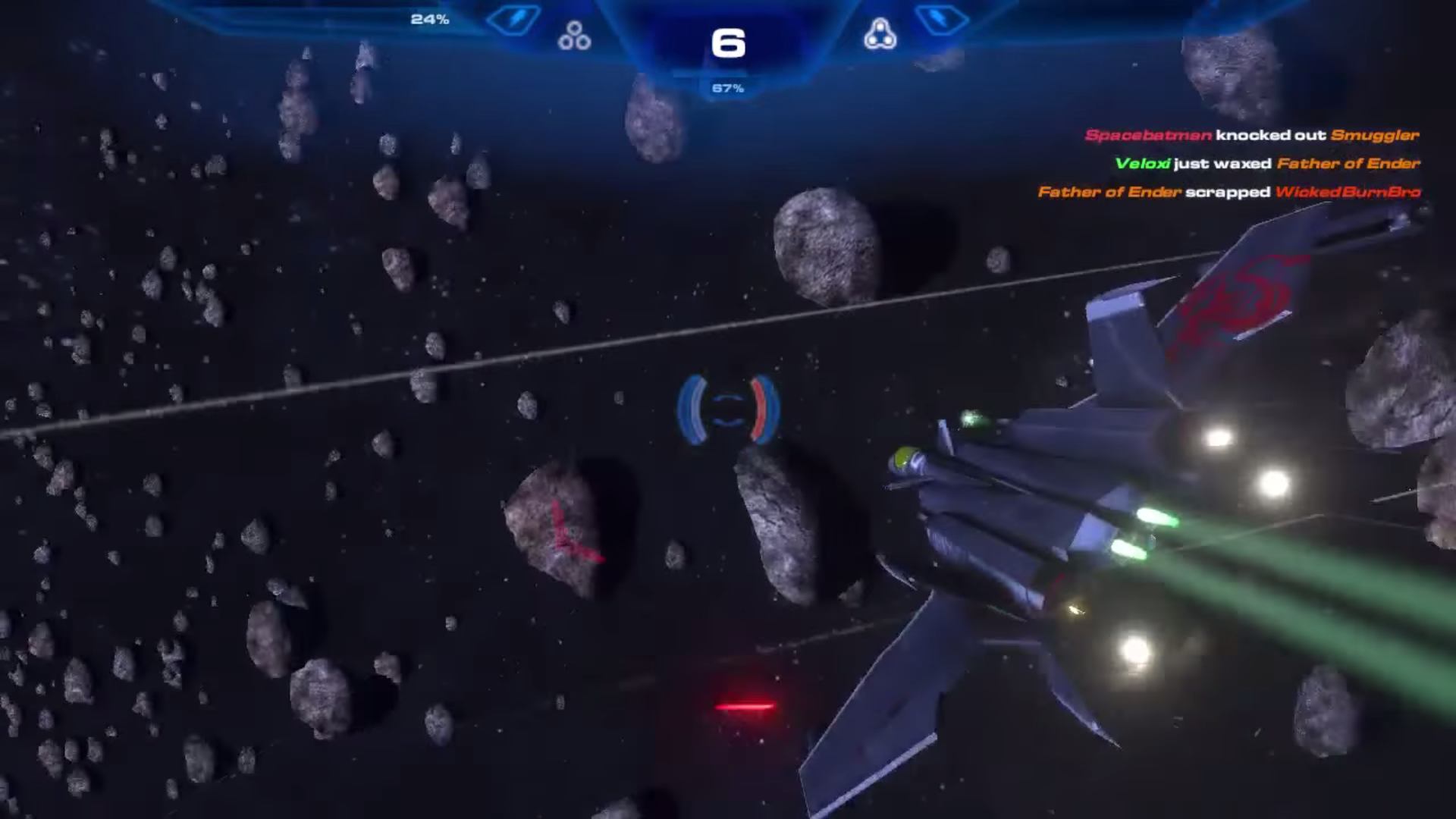
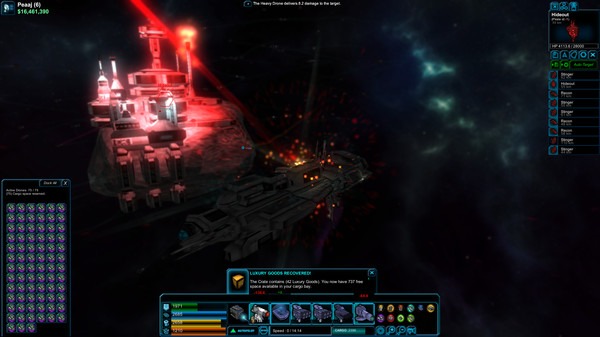
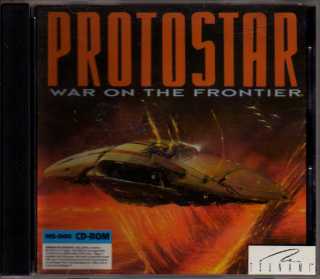
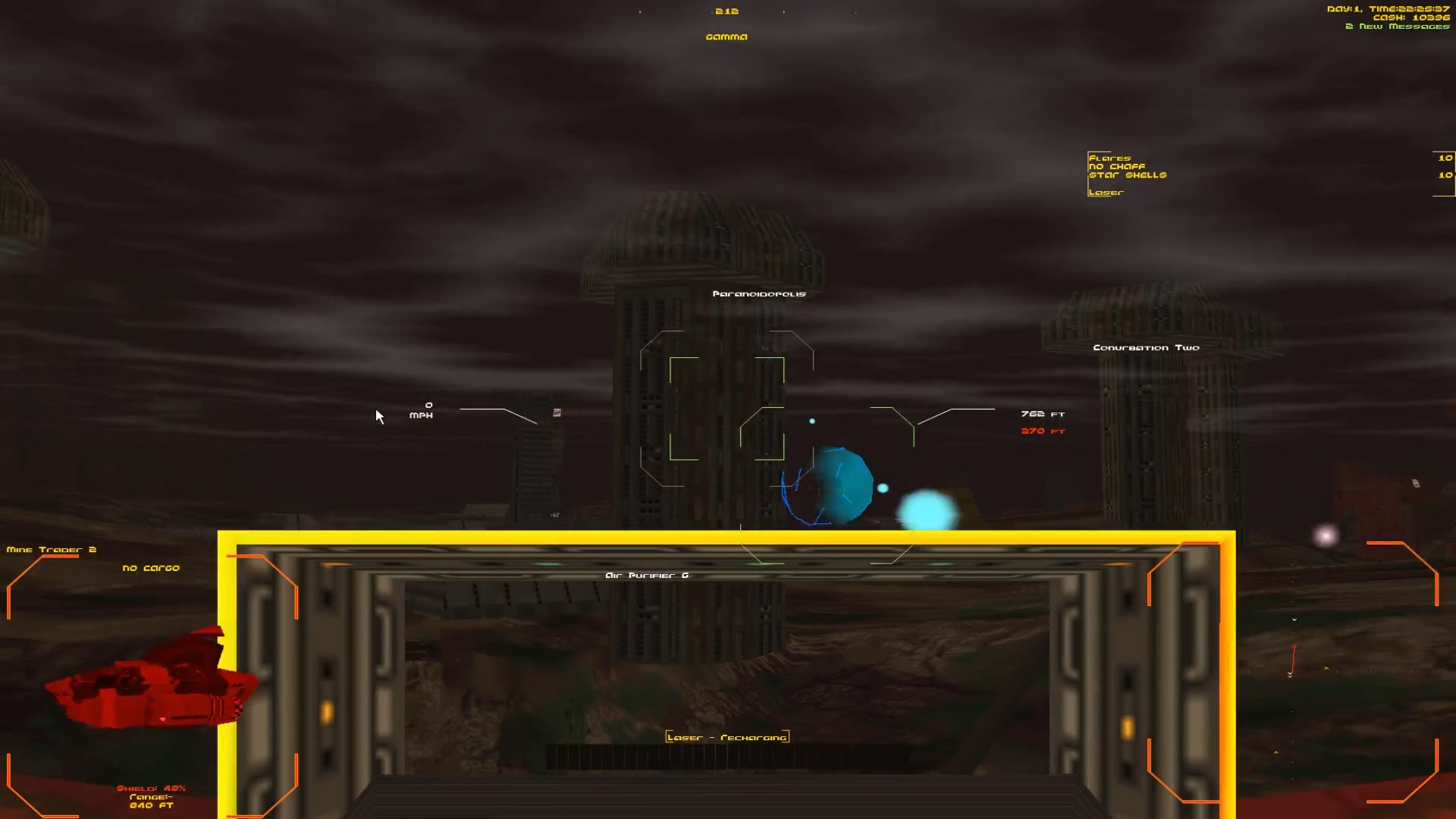
I love this game; I’ve probably put close to a hundred hours into it. The only real complaint I have about it at the moment is that I wish the map was constrained; usually the point where I quit is the point where the map is completely filling the screen and I can’t see what I’m doing without dismissing it.
Gah, I can only imagine, the map was massive just after a few hours alone.
The map resets whenever you quit/restart, so it’s not that bad, but I find it puts a definite brake on my playing. It would also be nice if mission objectives would highlight automatically even if you aren’t in visual range; it’s kind of annoying having to scour the entire map for the cake when you finally need it.